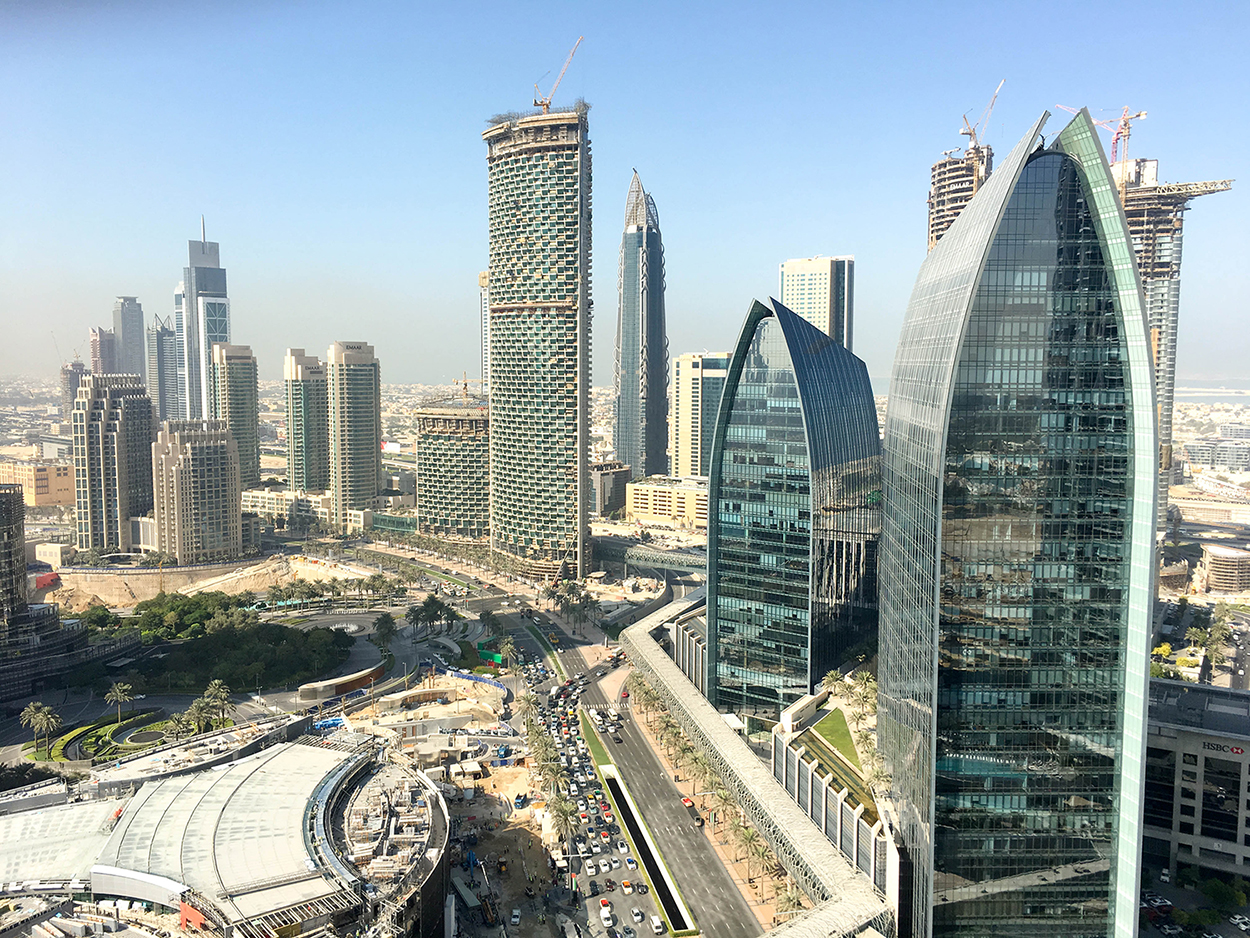
Dubai’s population has grown exponentially in the last few decades, booming from 183,000 in 1975 to approximately 2.5 million in the present day. Housing a burgeoning population and commercial sector place an incredible burden on authorities to keep pace with change. To boost output, the Emirate of Dubai has announced that 25% of new buildings within its territory will be constructed using 3D printers by 2025.
According to the Dubai Future Foundation, this new strategy could reduce labor needs by approximately 70% and dramatically reduce budgets by 50 to 80% across certain sectors. The Foundation is starting up the initiative next year, incrementally phasing in stricter 3D print requirements. For the Dubai Future Foundation, this is but one initiative to transform Dubai into the premier global 3D-printing hub by 2030. In 2016, Dubai unveiled the “Office of the Future,” an office prototype formed by a 3D concrete print and a 20-foot tall robotic arm.
Migrant laborers, many of whom are involved in construction, represent close to 80% of the city-state’s population. In recent years, Dubai has come under increasing criticism for the near indentured-servitude forced upon these migrant laborers. The growth of 3D building technology could lessen demand for migrant labor in Dubai, and the United Arab Emirates as a whole, removing individuals from deplorable working conditions.
The vision is unabashedly ambitious, we’ll see if Dubai can pull it off in such a short timeframe.
